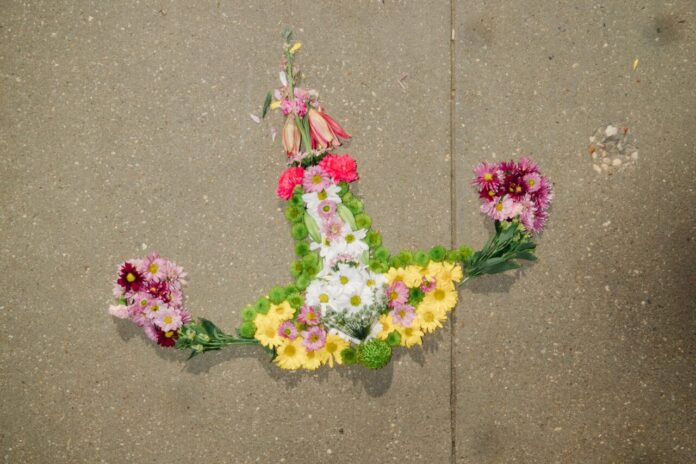Many users of the technology developed serious problems ranging from ectopic pregnancies to abdominal pain to migration of the device. A Facebook group for users to share their stories reached more than 43,000 members. Soon, there were class-action lawsuits (these legal challenges are why I do not name the technology here). The best medical practices for managing the device shifted, too, with doctors recommending partial or full hysterectomies for removal. Though in my case, the device had done what it was supposed to do—prevent pregnancy—I grew worried about its long-term effects, especially when evidence emerged that the device could leach toxic metals into my body.
After consulting with my own doctor in Arizona, who was not the same physician who had inserted the device, I chose to undergo a partial hysterectomy. The surgery removed my uterus, fallopian tubes, and the device, but left my ovaries and cervix in place.
And this is when my womb began to have an adventure of its own.
✽
After its removal, my uterus was transported from the hospital in Tucson, where I had undergone surgery, to an undisclosed location in Florida. I had hoped to see it before it was whisked away, but alas, I was unable to. In Florida, it was retained as evidence by a facility that houses biological specimens involved in litigation.
I thought often about my uterus, imagining it stacked on a shelf alongside other body parts in formaldehyde, like a cabinet of curiosities. I did not experience its absence as a phantom pain, as when people lose limbs. But I did develop a new and slightly unsettling relationship to my reproductive organs. I started to perceive a hollow in my abdomen. Sometimes, I still imagine my unmoored ovaries swaying gently in peritoneal fluid, like seaweed.
Eventually, after four years, my uterus came back to me. One day, I returned home from work and found a somewhat battered carton on the front porch; inside was my uterus. It was away from me for so long that I had forgotten I had checked the box on the hospital form that said I wanted it back.
But I am very glad that I did, because its arrival felt like a homecoming.
I promptly placed the plastic bucket containing my uterus into the refrigerator next to the arugula, before realizing it did not need to be kept cold. This is how it ended up in my dresser. It took me a while to look more closely at my uterus, in part because I first needed to purchase high-quality protective gear. (The pandemic had normalized consumer availability of such technologies; I bought mine on Amazon.)
On a sunny day in October 2023, I donned the respirator mask and safety goggles. This alarmed my dogs, who eyed me as if I was an intruder intent on stealing their biscuits. Warily, they followed me from the kitchen into the bedroom, where I removed the container from my dresser. It was about the size of a Kentucky Fried Chicken bucket and enveloped in hazard tape. I carried it gingerly into the bathroom, locking the door behind me to keep out the dogs.

